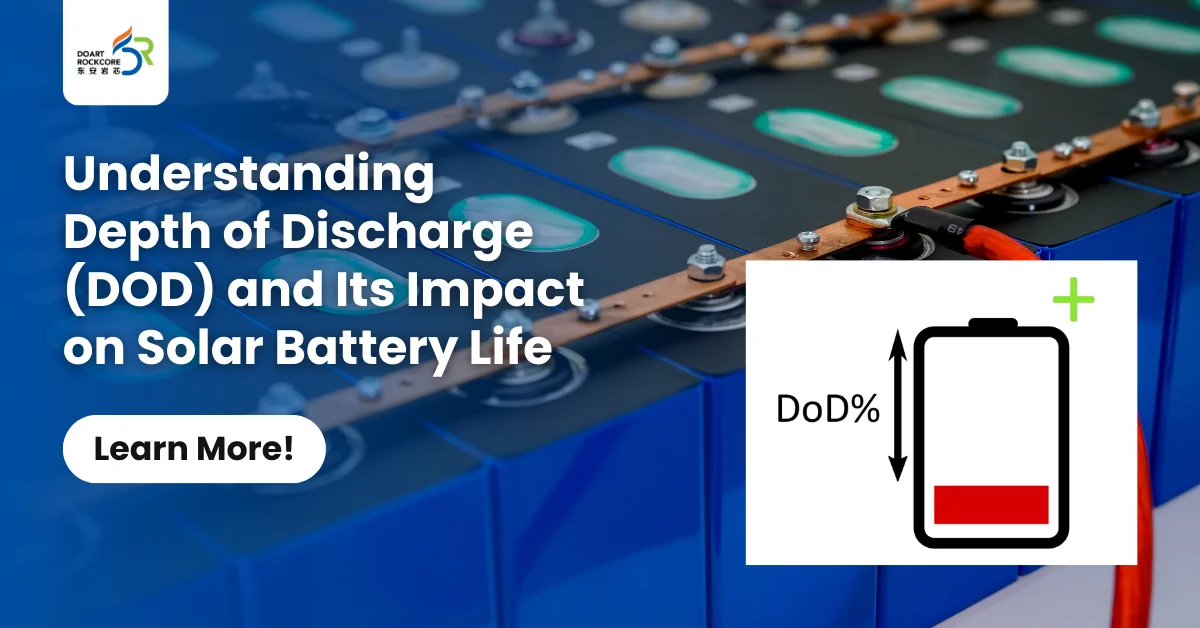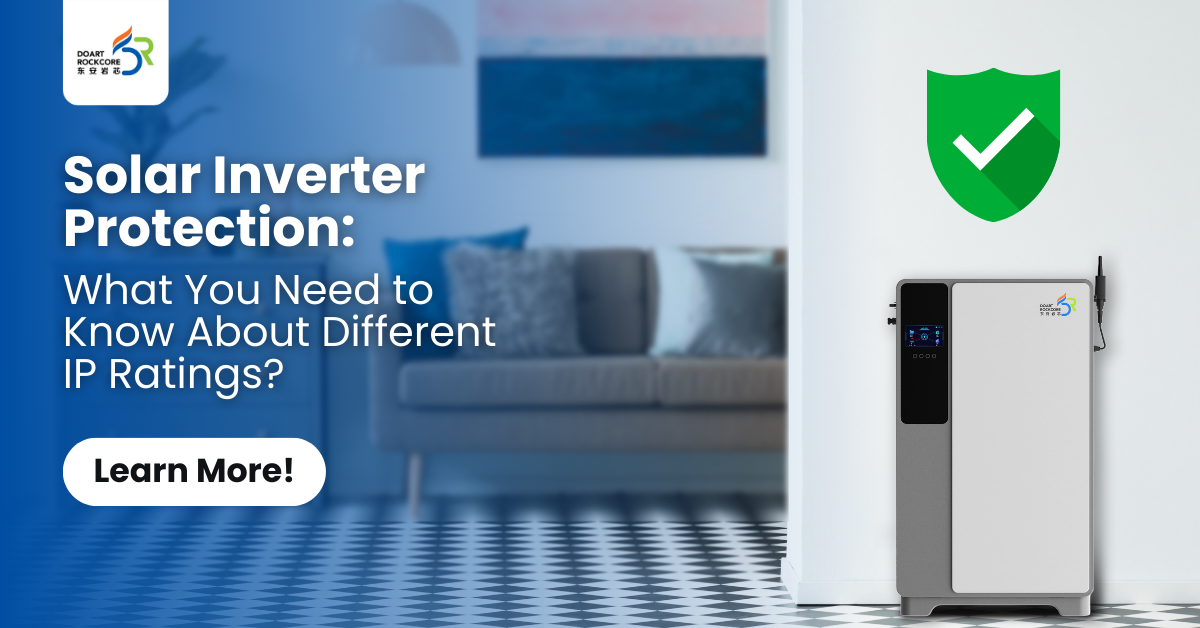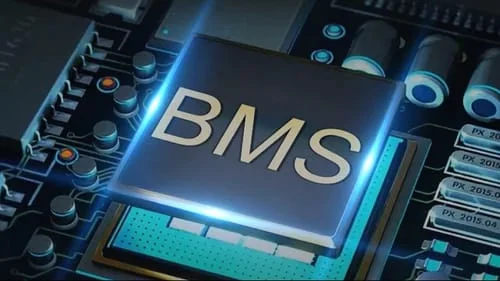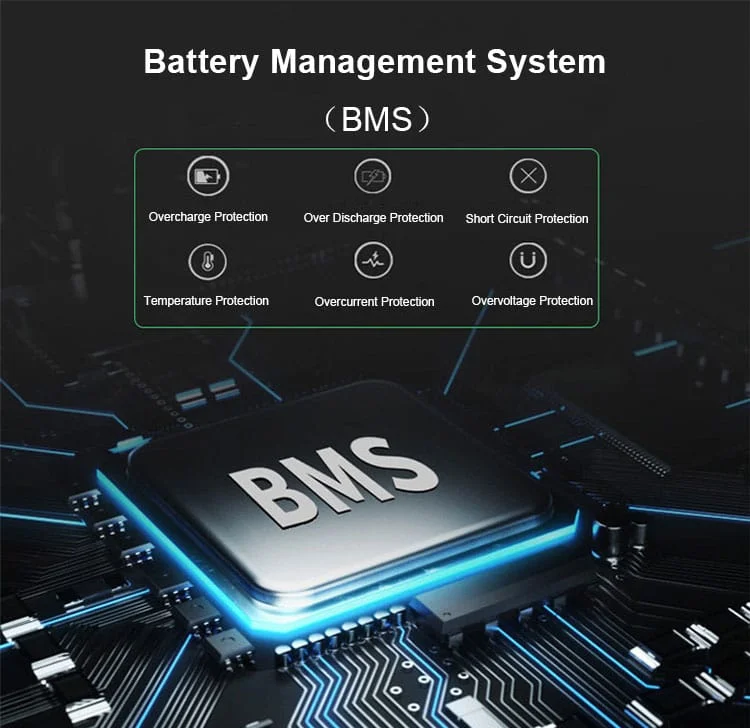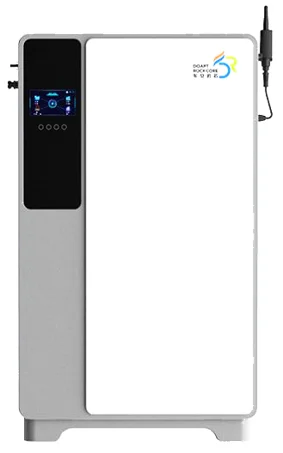When investing in a solar system, it’s essential to understand the components and their functionality to make an informed decision. One key aspect to consider is the depth of discharge (DOD) of solar batteries. By understanding the DOD and its relationship with the battery’s life cycle, you can choose a system that maximizes your investment while ensuring reliable energy storage.
This article will explore the concept of DOD, its importance, and how innovations like Doart Powerwall Hybrid Inverters are designed to balance deep discharges with extended lifespans for optimal performance.
What is the depth of discharge (DOD) of a battery?
As the name suggests, depth of discharge refers to the degree to which a battery is emptied compared to its total capacity. It is expressed as a percentage. For instance, if a 100Ah battery has discharged 50Ah, its DOD is 50%. It indicates how much energy has been drawn from the battery compared to its total capacity. DOD helps you determine the safe limit for discharging your battery.
Regularly fully discharging a battery can harm its performance and lifespan. Doing this with a home storage battery can result in significant damage, reduce its efficiency, and diminish the return on your investment. Managing your DOD wisely helps extend the life of your battery and ensures reliable power storage for your home.
What is the battery life cycle?
A battery’s entire life is different from its life cycles. When you charge a battery once and then use its stored energy, you complete one cycle. Then, when you charge it again and use the stored energy, you complete a second life cycle. Over the course of a battery’s lifespan, it goes through multiple life cycles. A battery’s life cycle represents the number of charge and discharge cycles it can undergo before it reaches the end of its functional life.
While most batteries come with a lifespan of 3-5 years, some are rated for a specific number of cycles. For example, some batteries can handle 5,000 cycles, meaning you can charge and discharge the battery 5,000 times before it reaches the end of its lifespan. Therefore, when buying a battery, along with the DOD rate, you also need to check how many life cycles are guaranteed.
The Relationship Between DOD and Battery Life Cycle
Now that you understand Depth of Discharge (DOD) and a battery’s life cycle, it’s essential to know how these two factors are interconnected. When buying a battery, it’s crucial to check how many life cycles are guaranteed at a specific DOD rate. Each time a battery is discharged and recharged, it completes one life cycle. However, the depth to which the battery is discharged (its DOD) directly affects how many cycles it can withstand before its capacity begins to degrade.
A battery performs best and lasts longer when it retains some charge after each cycle, rather than being fully drained. For instance, a battery discharged to 80% DOD regularly will have a shorter lifespan compared to one discharged to only 50% DOD. Shallow discharges minimize stress on the battery’s internal structure, reducing wear and prolonging its life cycle.
To ensure your battery operates efficiently and maintains its longevity, it’s essential to avoid deep discharges whenever possible. Over-stressing the battery by frequently discharging it to deeper levels can significantly shorten its lifespan, diminishing its overall performance and value. Therefore, you will need to get a battery that provides a higher number of life cycles even with a deeper discharge rate.
Choosing the Best Solar Battery for Your Needs
If you have a heavy load on your property and there are instances when your property might need excess power from the battery, it’s important to choose a solar battery that provides more cycles even with deeper depth of discharge rates. For instance, the Doart Powerwall Hybrid Inverter comes with a built-in lithium-ion battery rated for 5,000 cycles at 80% DOD. This means the battery is designed to handle deep discharges (up to 80% of its total capacity) 5,000 times before its performance significantly degrades.
This rating means it is a robust battery with a long lifespan, even under heavy usage, as it can consistently provide a large portion of its stored energy without quickly wearing out. By installing this system in your property, you can ensure a reliable supply of solar power during peak usage times without overstressing your battery or draining its lifespan. However, as the recommended rate is 80%, you will need to ensure that your battery discharging does not exceed this limit to maintain performance and longevity.
Final Verdict
Understanding the depth of discharge (DOD) is key to choosing the right solar battery. DOD affects how long a battery will last and how well it performs. By selecting a battery with a good cycle rating at your needed DOD level, you can ensure reliable energy storage and longer battery life. Options like the Doart Powerwall Hybrid Inverter offer great durability, handling deep discharges without wearing out quickly. With the right battery and proper use, you can get the most value from your solar energy system and enjoy a reliable power supply for years to come.

